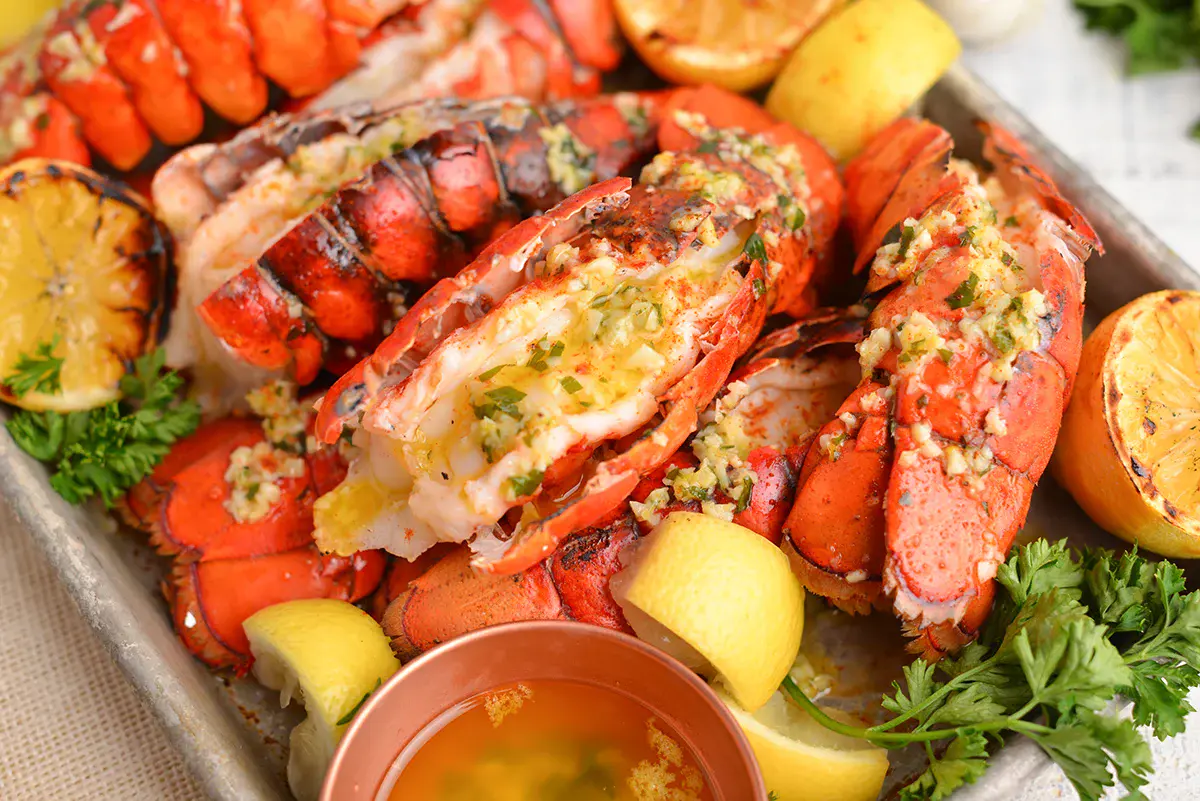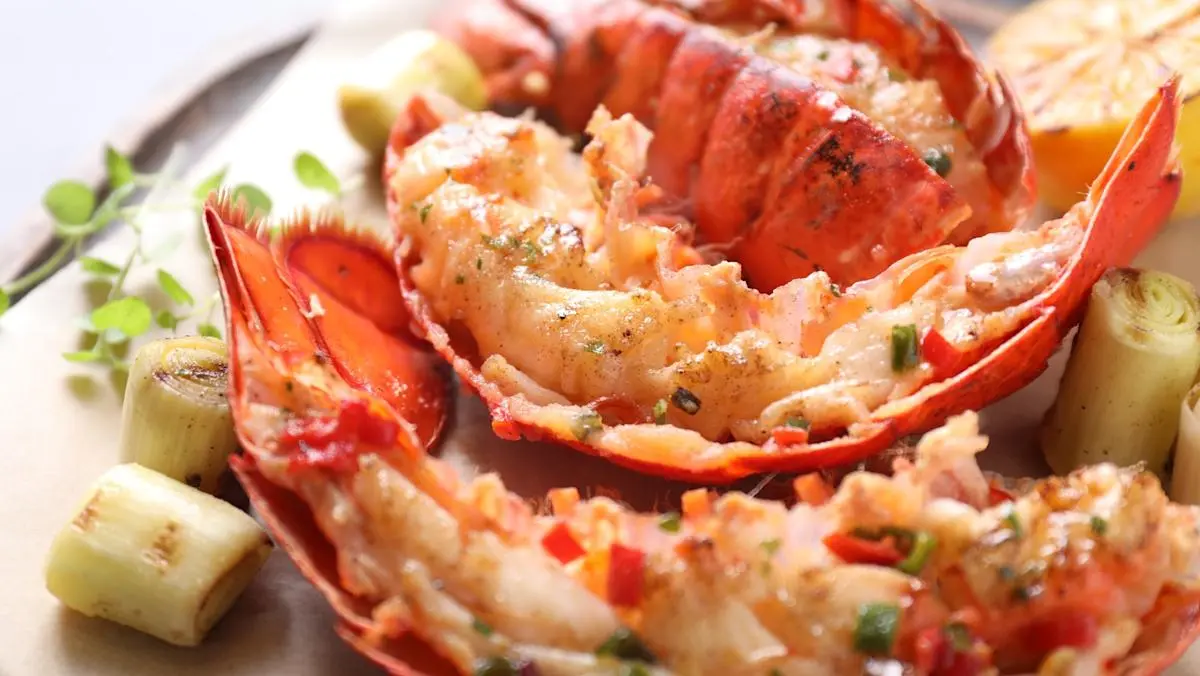The Golden Rule of Lobster: Always Thaw First

Frozen lobster can be a convenient way to enjoy this delicacy any time of year. However, a common mistake many home cooks make is attempting to cook lobster directly from its frozen state. While it might seem like a time-saver, skipping the thawing process can significantly compromise the quality, texture, and even safety of your meal. Understanding why thawing is a crucial first step will ensure your lobster dishes turn out perfectly every time, allowing you to savor the sweet and succulent meat as intended.
Achieving Even and Thorough Cooking

One of the primary reasons to always thaw frozen lobster before cooking is to ensure even and thorough cooking. When you introduce a frozen lobster tail or claw to heat, the exterior will inevitably cook much faster than the interior. This can lead to a situation where the outside becomes overcooked, dry, and rubbery, while the inside remains icy and undercooked. Thawing allows the lobster meat to reach a more uniform temperature, enabling it to cook evenly throughout, resulting in a tender and perfectly cooked final product.
Maintaining Optimal Texture and Flavor

Lobster meat is prized for its delicate and slightly sweet flavor, and its firm yet tender texture. Cooking frozen lobster directly can severely impact both of these qualities. The rapid temperature change can cause the muscle fibers to contract too quickly, leading to a tough and rubbery texture. Furthermore, the ice crystals within the frozen lobster can damage the cell structure, resulting in a loss of moisture and a diminished flavor profile. Thawing gently allows the lobster to retain its natural moisture and delicate texture, ensuring a more enjoyable and flavorful dining experience.
Food Safety and Preventing Bacterial Growth

While cooking will eventually kill bacteria, thawing frozen lobster properly is also a matter of food safety. Cooking frozen food takes longer, and in the case of thicker portions of lobster, the interior might not reach a safe temperature quickly enough to eliminate potential harmful bacteria. Thawing in the refrigerator is the safest method, as it keeps the lobster at a consistently cold temperature, inhibiting bacterial growth. Avoid thawing at room temperature, as this can create a breeding ground for harmful microorganisms. Taking the extra time to thaw your lobster correctly is a simple step that significantly contributes to a safe and delicious meal.
Recommended

How To Order A Cocktail When You Have No Idea What You Want

What's The Difference Between Crème Brûlée And Custard?

Can You Use Almond Flour To Coat Meat For Frying?

Every Cheesecake Factory Cheesecake Flavor Ranked
Next up

